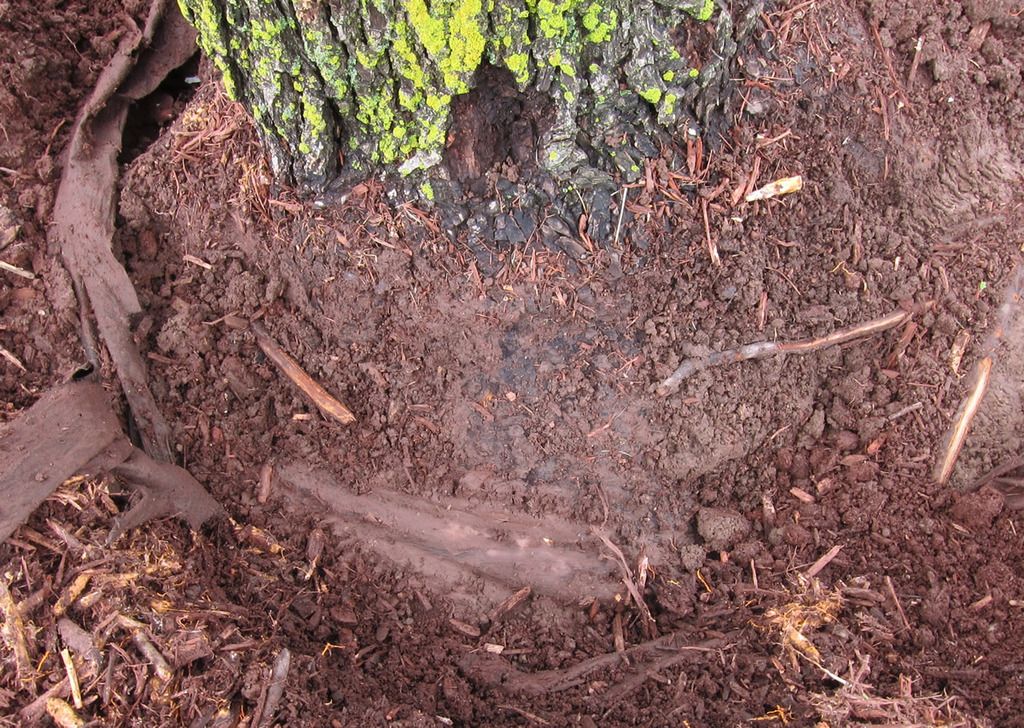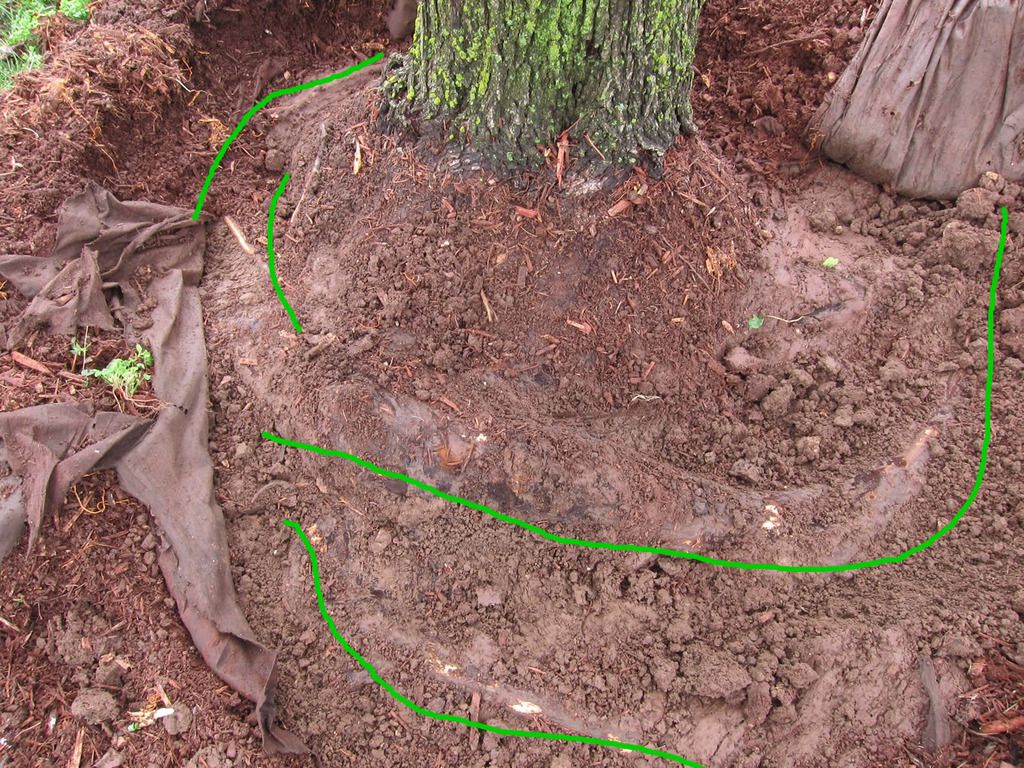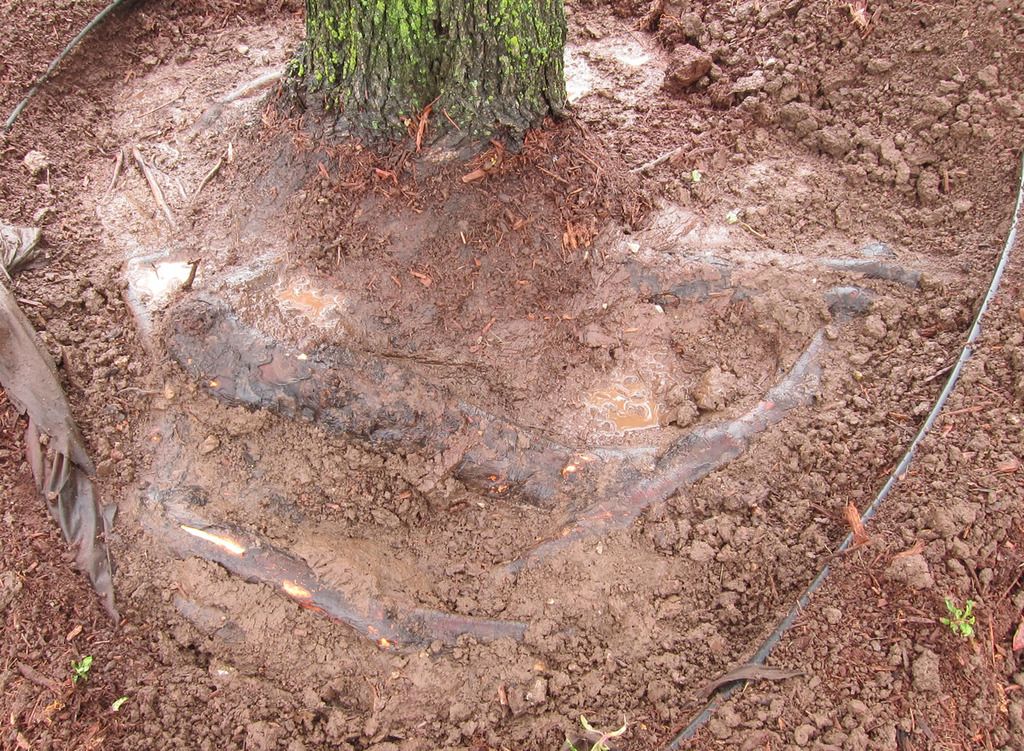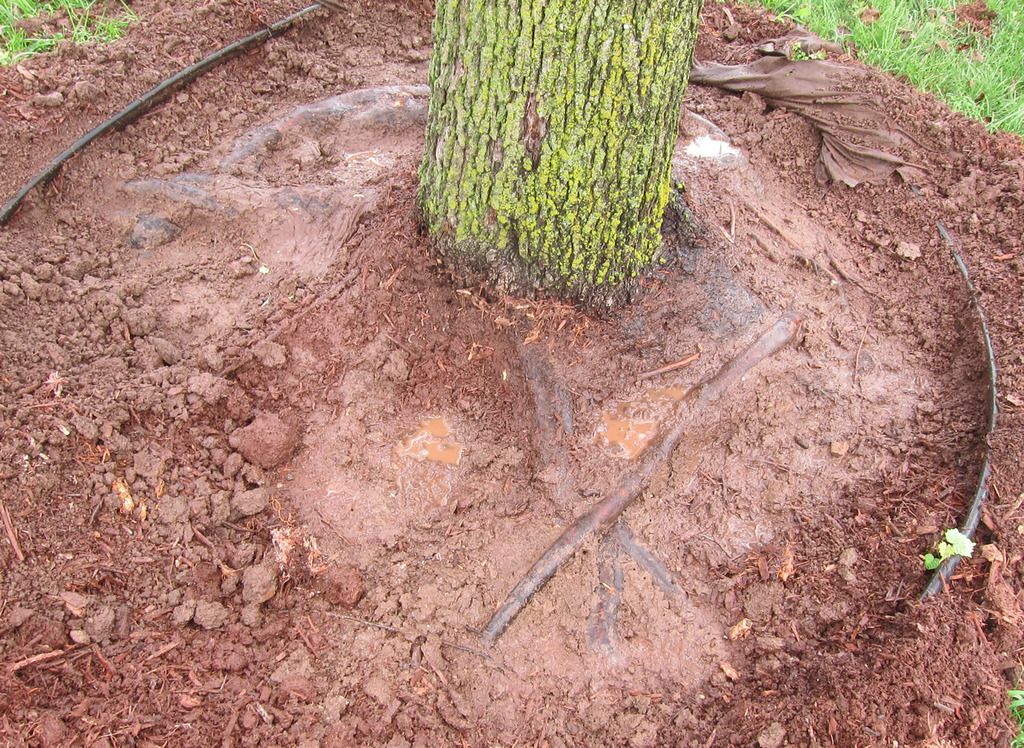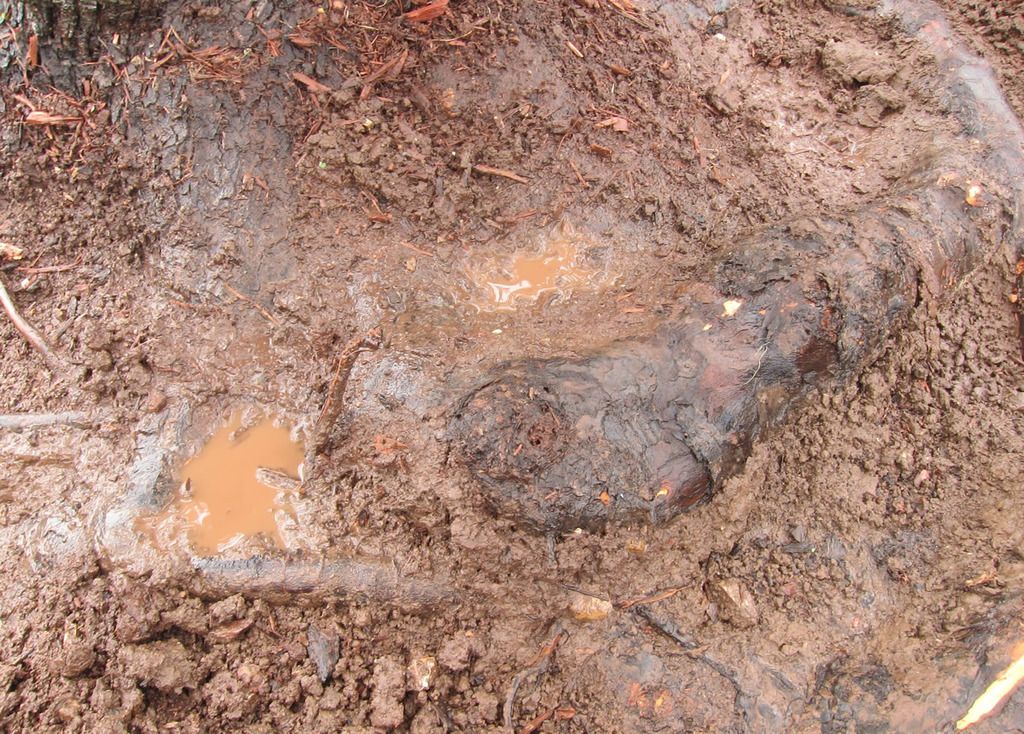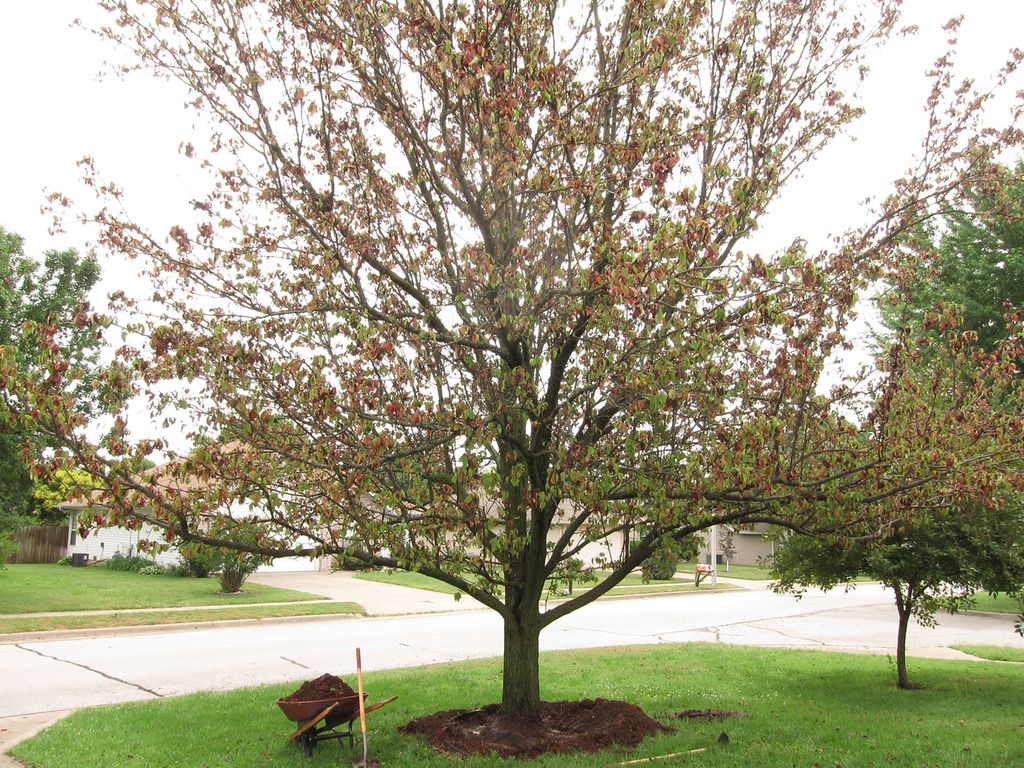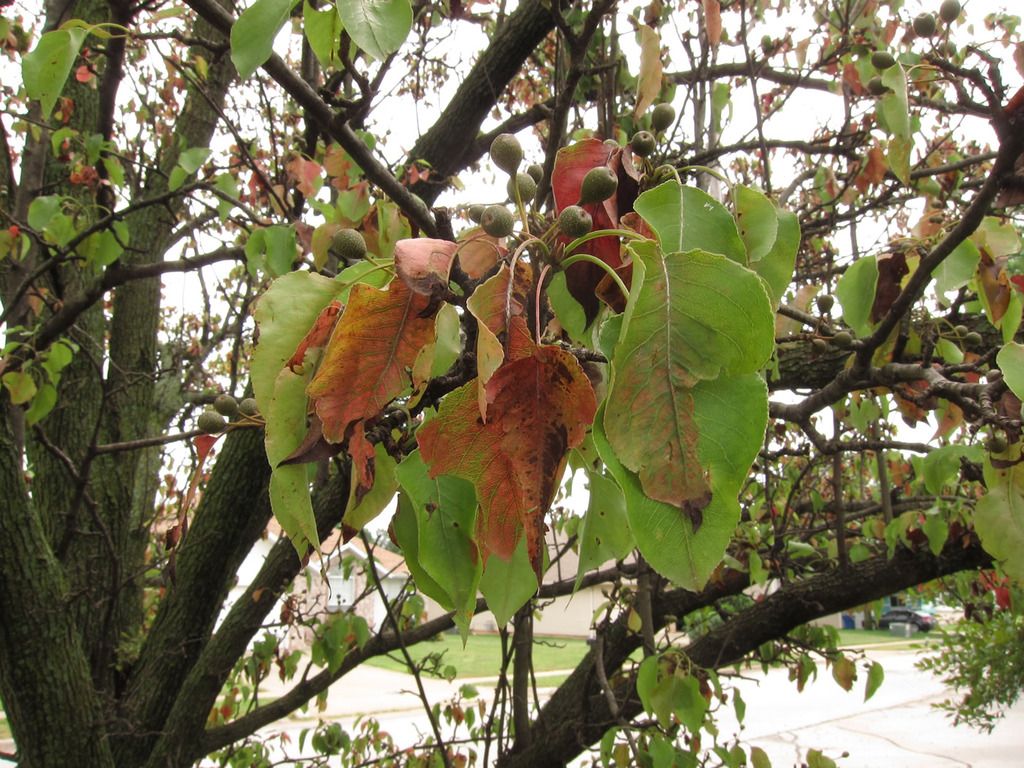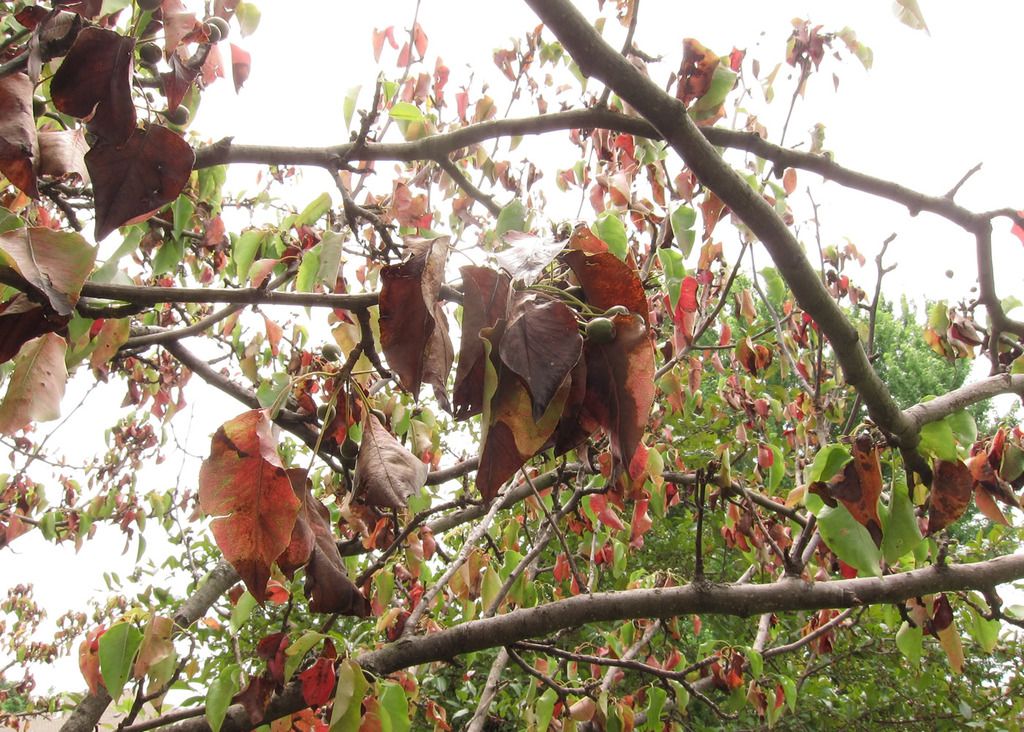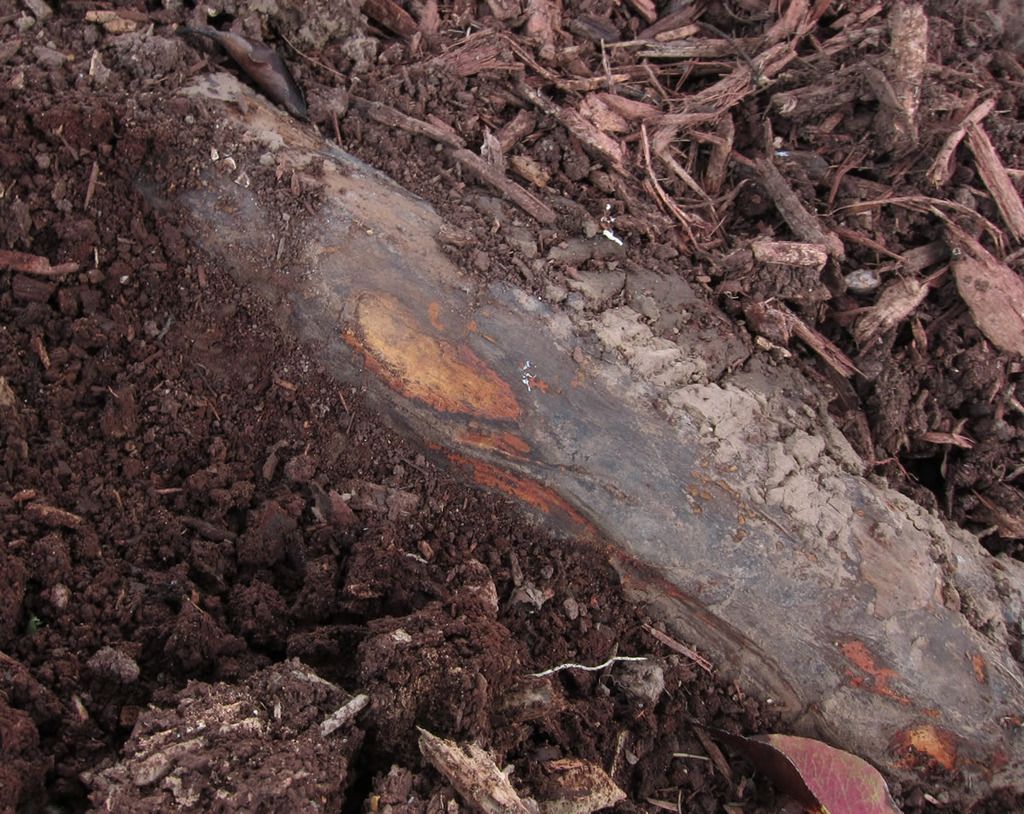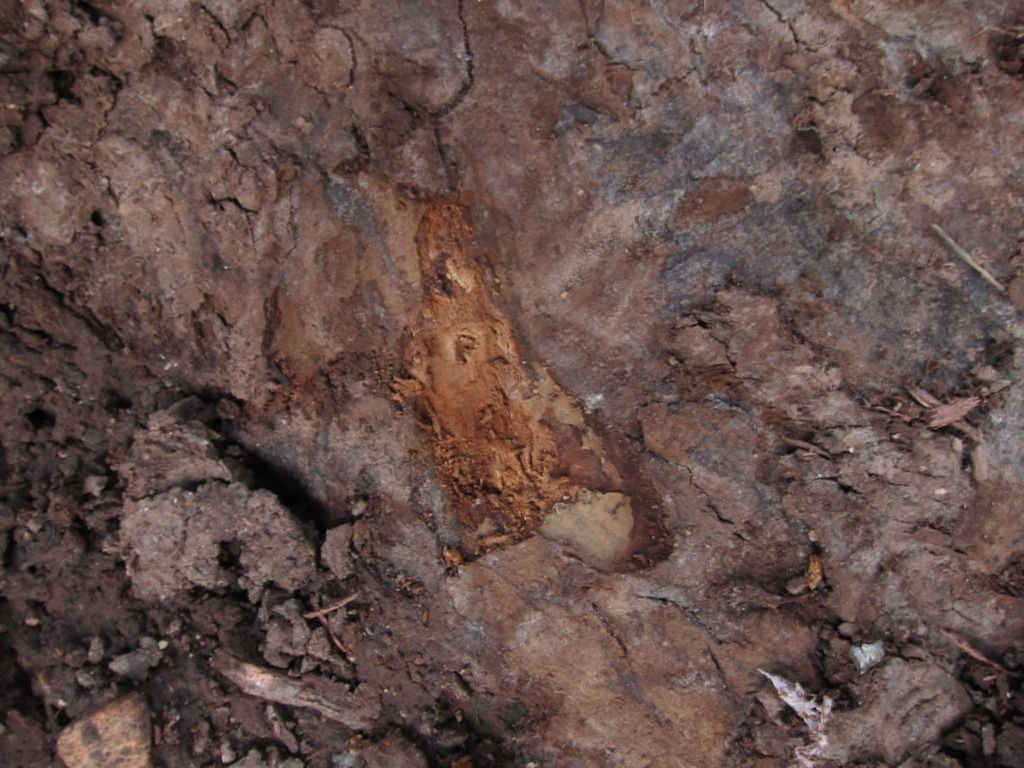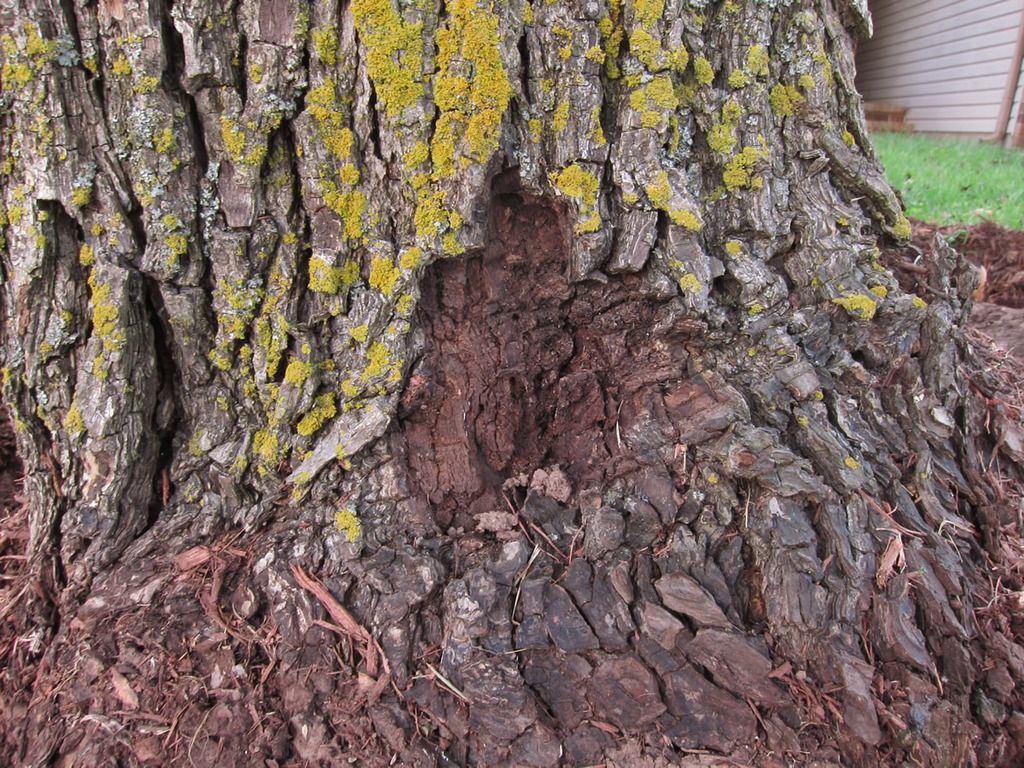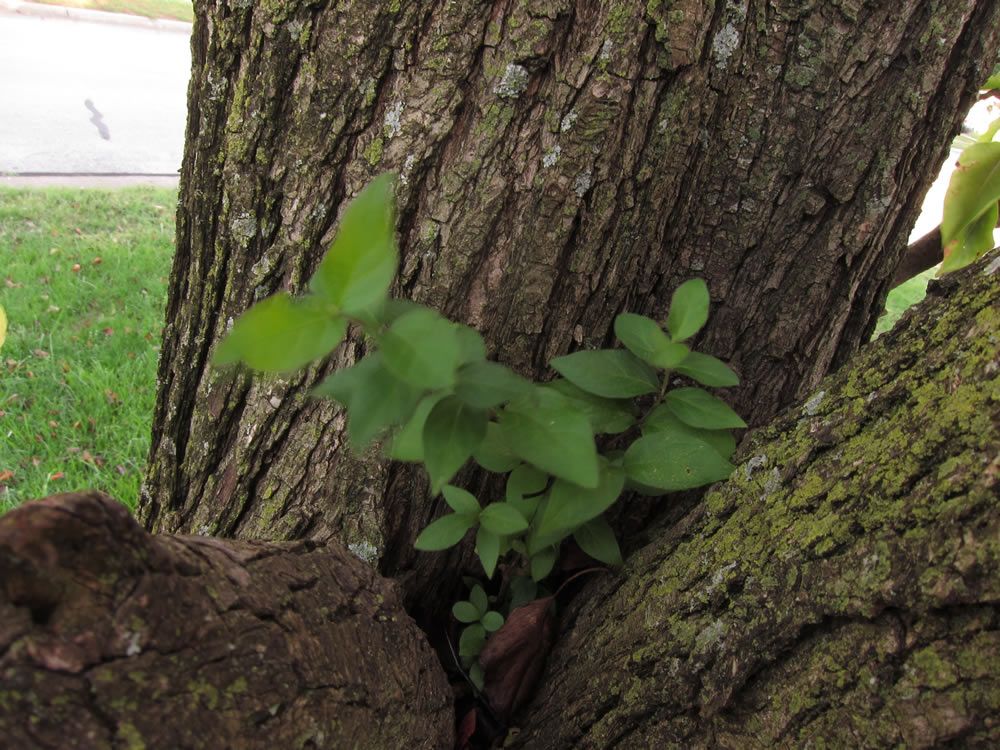Hello everyone! Our cleaveland pear tree has struggled all year so far. The winter was pretty dry this past year, and the spring was pretty much record breaking rain. The leaves came out about as usual, but only grew to about 2/3 their normal size at best, and aren't as green as they usually would be. And, for about a month now, they've been turning fall colors. I guess it's not making chlorophyll, so the leaves look red like they would in October. But, it's June! The tree is probably original to our house, so it would be around 20 years old.
Is this a sign we're going to lose this tree? It's the only large mature tree we have on the property, so I would hate to lose it. Our local greenhouse said it's stressed, but they weren't sure it would kill it. I would really appreciate the thoughts from you fine arborists here.
Thank you so much for your time. I really appreciate it!
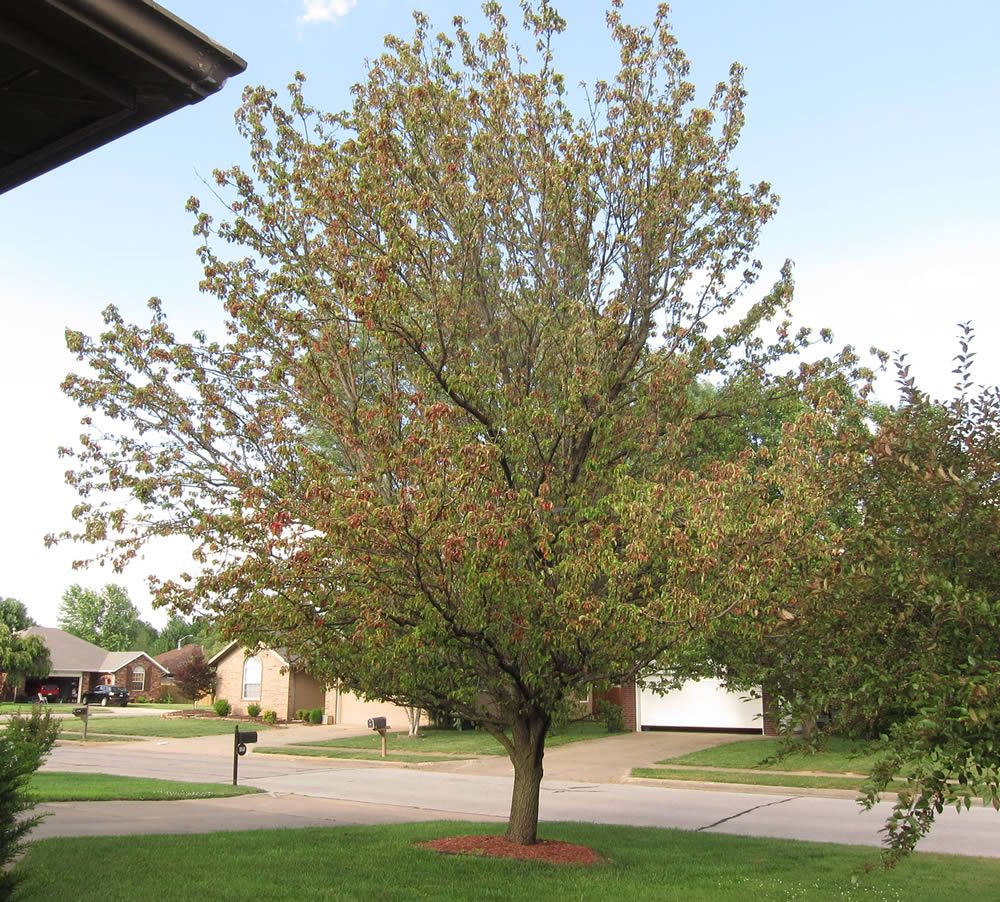

Is this a sign we're going to lose this tree? It's the only large mature tree we have on the property, so I would hate to lose it. Our local greenhouse said it's stressed, but they weren't sure it would kill it. I would really appreciate the thoughts from you fine arborists here.
Thank you so much for your time. I really appreciate it!


























































